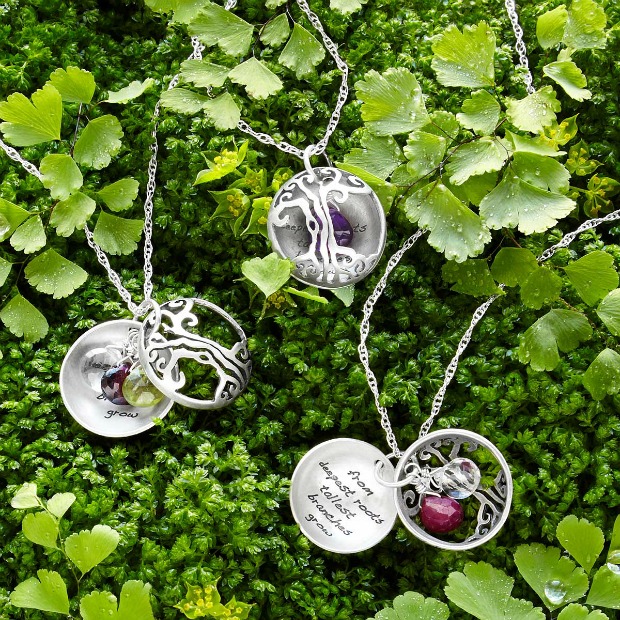If you think hitting the snooze button is risky now, you would have been in some trouble during Industrial Revolution-era Britain and Ireland. Back then, alarm clocks were pricey and erratic, leaving workers with no way to guarantee making it to work on time. Enter the knocker-upper. While it may not be the most creatively named title, the job of the knocker-upper was to knock on your windows at a predetermined time until you woke up. The hired hands were mostly freelancers looking to earn some extra cash and they used long sticks of lightweight wood to reach upper floors. Once the 1920s hit, alarm clocks became more reliable and affordable and the job of a knocker-upper faded into obscurity. You could probably set your phone’s alarm to sound like a window bang though, if you could use some nostalgia with your morning.
Cube LED Alarm Clock | $32








